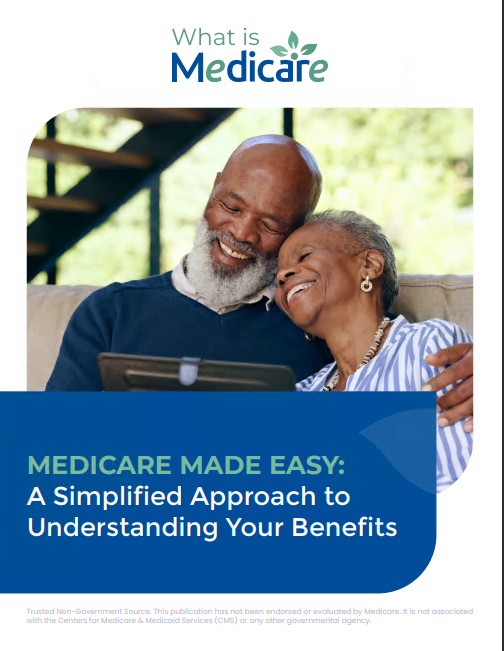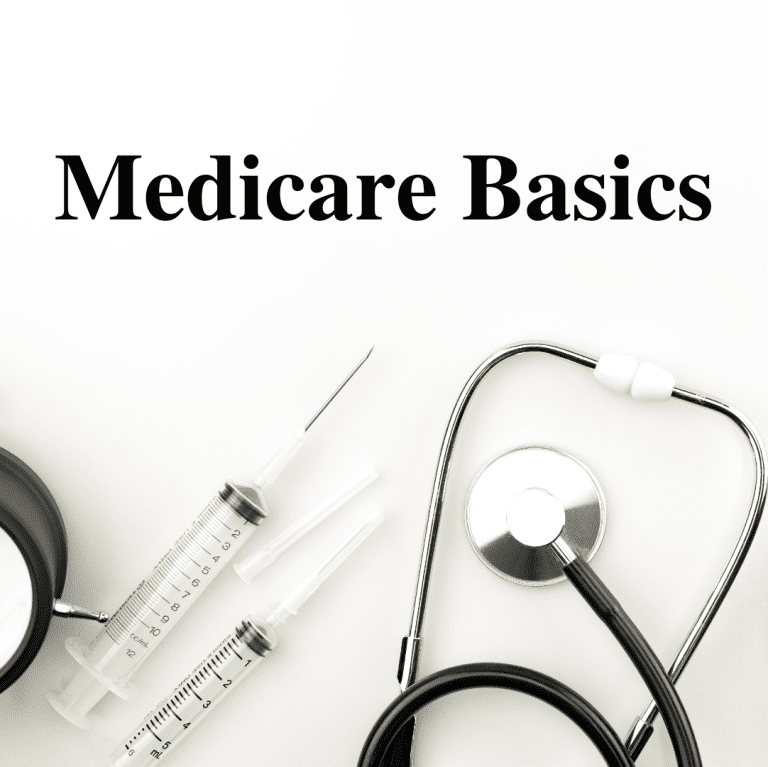Key Takeaways
-
Medicare’s 2025 updates bring significant changes, including a $2,000 annual cap on out-of-pocket prescription drug costs and new tools to manage expenses.
-
Accessing trustworthy resources for Medicare enrollment, costs, and coverage ensures you make informed decisions about your healthcare needs.
Start with the Basics: Understanding Medicare in 2025
Medicare is a critical program for millions of Americans, providing access to healthcare as they age or manage certain disabilities. However, navigating its complexities can feel overwhelming. Whether it’s figuring out how to enroll, understanding costs, or selecting the right coverage, having the right resources at your disposal is essential. In 2025, Medicare includes notable updates, such as a new $2,000 annual cap on prescription drug out-of-pocket costs and enhanced payment options for spreading out expenses. Let’s explore the best ways to access reliable Medicare support and stay informed.
Your Enrollment Options: Where and When to Sign Up
Key Enrollment Periods to Know
Understanding Medicare’s enrollment windows is crucial to avoid penalties and ensure you have the coverage you need. Here are the main periods to keep in mind:
-
Initial Enrollment Period (IEP): A 7-month window that begins 3 months before the month you turn 65, includes your birth month, and extends 3 months afterward.
-
General Enrollment Period (GEP): January 1 to March 31 each year for those who missed their IEP. Coverage begins July 1.
-
Open Enrollment Period (OEP): October 15 to December 7 annually, allowing you to review and change your coverage for the following year.
-
Special Enrollment Periods (SEP): Triggered by specific life events, such as losing employer coverage or moving.
Where to Enroll
For most, enrolling in Medicare begins with the Social Security Administration (SSA). You can apply online, over the phone, or in person at your local SSA office. If you’re already receiving Social Security benefits, enrollment in Medicare Part A and Part B may be automatic, but it’s always worth confirming.
Costs and Coverage: Making Sense of What You’ll Pay
2025 Medicare Costs
Medicare costs are subject to annual adjustments, so it’s vital to stay informed. For 2025:
-
Part A: Premium-free for most, but those who haven’t paid sufficient Medicare taxes will pay up to $518 per month. The hospital deductible is $1,676 per benefit period.
-
Part B: The standard monthly premium is $185, with a $257 annual deductible.
-
Part D: Prescription drug plans include a maximum deductible of $590 and a new $2,000 out-of-pocket cap.
Finding Help with Costs
Programs like Medicaid, Medicare Savings Programs, and Extra Help can reduce premiums, deductibles, and copayments for eligible beneficiaries. To find out if you qualify, visit your state’s Medicaid office or apply online through the Social Security Administration.
Reliable Resources for Enrollment Assistance
Medicare.gov
The official Medicare website should be your first stop for accurate, up-to-date information. It offers detailed guides, plan comparison tools, and access to your personal Medicare account.
State Health Insurance Assistance Programs (SHIPs)
SHIPs provide free, local counseling to Medicare beneficiaries. These programs can help with understanding plan options, resolving billing issues, and navigating enrollment.
Social Security Administration (SSA)
The SSA is responsible for Medicare enrollment and managing eligibility. Their website, phone lines, and in-person offices are excellent resources for application support.
Medicare Helpline
Calling 1-800-MEDICARE connects you directly to experts who can answer questions about coverage, enrollment, and plan options. The helpline is available 24/7, ensuring help is always at hand.
Tools for Comparing Plans and Costs
Medicare Plan Finder
This online tool lets you compare Part D prescription drug plans and Medicare Advantage plans based on costs, coverage, and location. It’s user-friendly and updated annually to reflect changes for the upcoming year.
Your Annual Notice of Change (ANOC)
Each year, Medicare beneficiaries receive an ANOC from their plan providers detailing updates to costs, benefits, and coverage. Reviewing this document during Open Enrollment ensures you’re aware of any changes that might affect your plan.
Medigap Policy Search
For those seeking supplemental insurance to cover out-of-pocket costs, the Medicare.gov Medigap Policy Search tool helps identify available options and rates in your area.
Managing Prescription Drug Costs
New Out-of-Pocket Cap
Starting in 2025, Medicare Part D introduces a $2,000 annual limit on out-of-pocket costs for prescription drugs. This significant change eliminates the “donut hole” coverage gap and offers financial relief for beneficiaries with high medication costs.
Medicare Prescription Payment Plan
Another new feature is the option to spread prescription drug costs over the calendar year in monthly payments. This flexibility can ease the burden of high upfront expenses.
Extra Help Program
Eligible beneficiaries can access additional financial support through the Extra Help program, which covers Part D premiums, deductibles, and copayments. You can apply online through the SSA website.
Understanding Medicare Advantage and Supplemental Coverage
Medicare Advantage (Part C)
Medicare Advantage plans combine Part A and Part B benefits, often including additional coverage like vision, hearing, and dental. While these plans offer flexibility, it’s essential to review your options carefully during Open Enrollment to ensure the plan aligns with your needs.
Medigap Plans
For Original Medicare beneficiaries, Medigap policies help cover costs like deductibles, coinsurance, and copayments. These plans are standardized, but premiums vary by provider and location.
Staying Informed About Policy Changes
Annual Medicare & You Handbook
Each fall, Medicare mails a comprehensive guide to all beneficiaries outlining program changes, updates, and important deadlines. Keep this resource handy for reference throughout the year.
Newsletters and Alerts
Subscribing to Medicare newsletters or setting up alerts through Medicare.gov ensures you’re informed about policy changes, upcoming deadlines, and new benefits.
Avoiding Scams and Misleading Information
Unfortunately, Medicare scams are common. Protect yourself by:
-
Verifying Sources: Always confirm information through official Medicare or Social Security channels.
-
Guarding Personal Information: Medicare will never call you unsolicited to request personal details or payment.
-
Reporting Fraud: Contact Medicare’s fraud hotline at 1-800-MEDICARE if you suspect suspicious activity.
Staying Organized Throughout the Year
Create a Medicare Calendar
Mark important dates like enrollment periods, plan deadlines, and premium payments to stay on top of your Medicare responsibilities.
Keep Records
Maintain a file of all Medicare-related documents, including correspondence, bills, and policy changes. This will make it easier to resolve disputes or verify coverage details if needed.
Use Online Accounts
Setting up accounts on Medicare.gov and SocialSecurity.gov allows you to access your information anytime, make updates, and track claims.
Planning for Future Healthcare Needs
Consider Long-Term Care Coverage
Medicare doesn’t cover long-term care costs like assisted living or nursing homes. Exploring options for long-term care insurance or Medicaid can help plan for future needs.
Stay Proactive About Preventive Services
Medicare covers a range of preventive services, from annual wellness visits to screenings for cancer, diabetes, and cardiovascular health. Staying up to date on these services supports better overall health.
Evaluate Your Coverage Annually
Your healthcare needs may change over time, so reviewing your Medicare coverage every year ensures it still meets your requirements.
Your Medicare Journey in 2025
Navigating Medicare doesn’t have to be daunting when you know where to turn for reliable help and information. By understanding enrollment options, staying informed about costs and coverage, and utilizing trusted resources, you can make empowered decisions for your healthcare. Stay proactive, review your options regularly, and take advantage of the many tools and programs available to support you.










